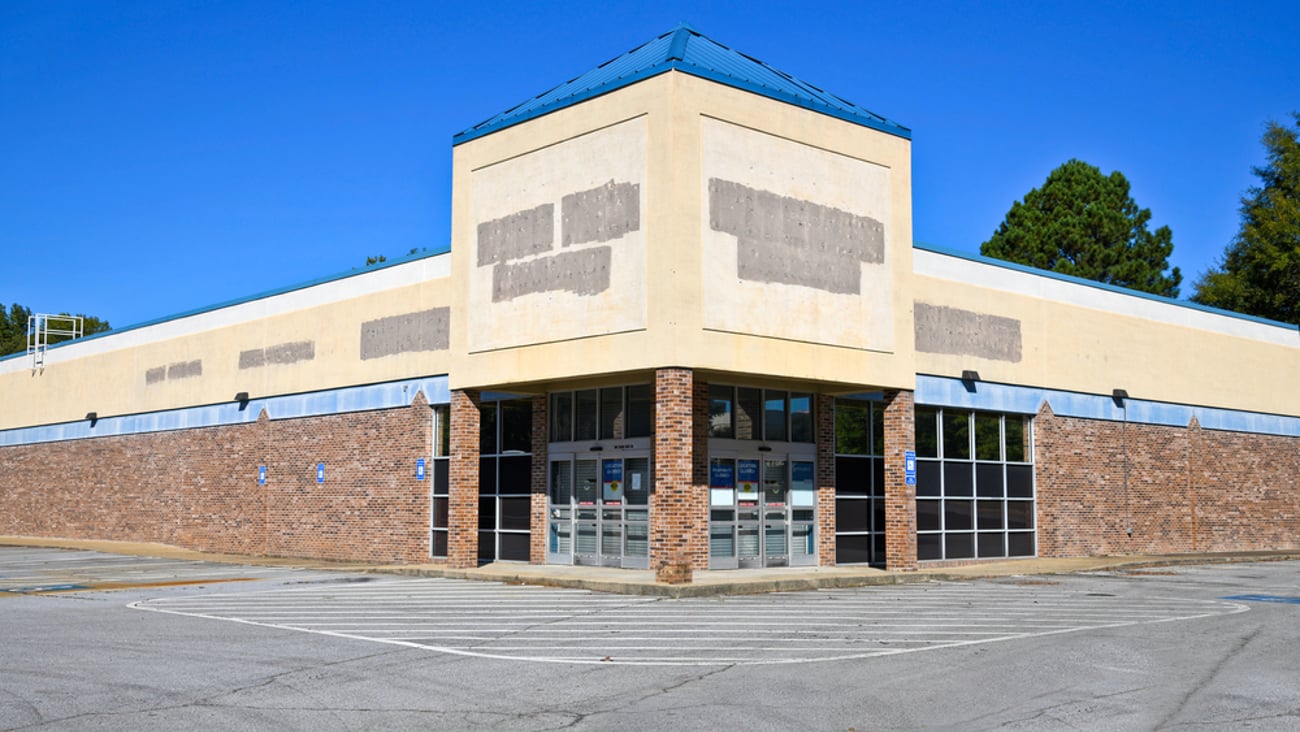Commentary: Why you need BI analytics for your IT hardware stack
Digital transformation is accelerating in retail environments.
From virtual clothing try-ons to checkout-free purchasing, emerging technologies are helping retailers increase efficiency, reduce friction, and enhance the customer experience. But with technology comes the inevitable problem of downtime. That means retailers must think carefully about IT hardware support to minimize the financial, reputational, and customer costs of outages.
This is tough for any business, but chain stores face particular challenges. Affordable system maintenance is difficult to implement across dozens or hundreds of locations. Failure is not an option, to quote NASA, but staffing each store with IT expertise isn’t either.
Most regional and national retailers resort to a help desk combined with on-call technician assistance, but some approaches are better than others. The difference often comes down to information.
Retail’s most common IT support models
Most chain stores will employ one of two general solutions for multi-location systems maintenance:
• Arm each store with user guides and vendor contact numbers. When failures occur, managers and sales associates are left to troubleshoot the issue in coordination with the original equipment manufacturer (OEM).
• Operate a centralized IT department to provide troubleshooting assistance to individual locations and resort to OEM support only when internal efforts fail.
Both of these approaches have their downsides. For one thing, local staff is highly involved, which steals attention away from core duties. The lack of in-store technical skills also means that troubleshooting is hit or miss, increasing the likelihood of extended downtime.
The greatest missed opportunity, however, is the loss of business intelligence (BI). When IT hardware issue resolution is managed at the store level, little if any information about the nature of the failure, root cause, or contributing factors, such as system age, is collected.
Even when a centralized IT department intervenes, limited feedback is typically provided by the OEM. Manufacturers prefer not to share when defects take down their products, when the effective service life is not as long as the marketing materials suggest, or when field technicians misdiagnose hardware issues, resulting in unnecessary repair or replacement.
Without detailed information about repair incidents, retailers cannot learn from experience. As a result, enterprises are more likely to suffer the same problems over and over again, never recognizing or responding to the patterns.
Why pursue data-driven IT
Chain retailers that want their technology to outperform the competition should adjust their support infrastructure to collect more data about failure events. The goal is to leverage information to prevent downtime. Powerful analytics solutions can now take into account a wider variety of factors than ever before to help predict outages and target maintenance activity.
With the right tools, retailers are well-positioned to:
• Understand how far into the lifecycle failures typically occur, so preventive maintenance and upgrades can be employed at precisely timed intervals.
• Track contributing factors, from weather differences affecting outdoor systems to store traffic volumes, to more carefully schedule preventive measures.
• Eliminate the approximately one-third of repair events that are completely unnecessary, because functional equipment is misdiagnosed as broken.
• Monitor vendor performance, including warranty response and total cost of ownership, to guide more cost-effective technology choices.
• Identify where additional training, revised configuration processes, or other changes could enhance uptime and save money.
These are just a few examples of the value hidden in the IT hardware maintenance data most retailers are throwing away.
Two options for getting there
The good news, achieving data-driven IT hardware maintenance needn’t be a costly exercise. There are two ways to go about it, both of which can deliver significant ROI.
Some retailers find that their IT departments can compile maintenance data in off-the-shelf business intelligence applications. The key is to incorporate transparency into support contracts, so OEMs are obligated to share information regarding root cause, manufacturing defects, and so on. Retailers may, however, face substantial resistance here.
The other option is to engage a full-service, multivendor IT hardware maintenance provider committed to analytics. Such companies can replace the OEM and put most or all installed systems (such as POS devices, WiFi access points, servers, switches and routers) under a single support umbrella for easier contract management. Plus, most third-party maintenance vendors offer lower prices than the OEMs, so the shift can deliver immediate savings, even before gains driven by business intelligence are taken into account.
It’s said that the definition of insanity is doing the same thing over and over again while expecting a different result. Fortunately for retailers, using business intelligence analytics on the IT hardware stack can identify failure patterns and enable new, highly targeted interventions to make day-to-day operations feel a lot less crazy.
Shawn Grennan, is VP of sales & marketing at Sagent.





